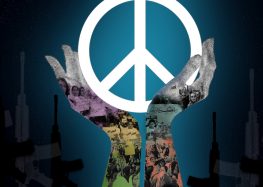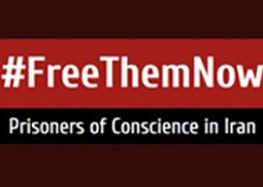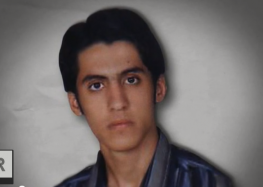Foreword
Iranian society has experienced much political and economic upheaval since the 1979 Revolution. Most of these developments have been accompanied with widespread violence, bloodshed, and civilian deaths, including post-revolutionary assassinations and mass-executions of dissidents, the eight-year long Iran-Iraq war, and massive internal repression that escalated since the disputed 2009 presidential election.
Along with this fresh memory of violence, Iranians have been haunted for nearly a decade by the specter of a foreign military strike in response to their government’s nuclear program. Since 2002, when new information about the extent of Iran’s nuclear activities came to the fore, suspicions about nuclear weapons development have dominated the international community’s concerns. A potential US military strike against Iran was seriously contemplated in the aftermath of the Iraq invasion, when US military might seemed at its most triumphalist. Both the Bush and Obama administrations have held onto the “military option” as a component of US foreign policy toward Iran.
More recently, particularly with the election of President Obama, the potential of a military strike against Iran, by either the Unites States or Israel, has significantly abated. Still, the use of military force continues to be promoted as a policy option.
Iran’s human rights community and civil society have been seriously alarmed about the prospects of a military confrontation, as their primary goal has been to reverse the negative impact of three decades of political violence and war. As early as February 2005, when the threat of a military campaign against Iran seemed quite realistic, Nobel Peace Prize Laureate Shirin Ebadi and I argued against a military strike on Iran, warning that it would escalate the ongoing deterioration of human rights in the country (“The Human Rights Case against Attacking Iran,” New York Times Op-ed, 8 February 2005).
The potential for use of pre-emptive force against Iran by the United States or Israel is an unmistakable human rights concern and calls for a response from the human rights community. Moreover, Iran’s human rights crisis has been used as a further rationale for the possible use of force.
At the International Campaign for Human Rights in Iran, our mandate has always included bringing the voices of the Iranians advocating for civil, political, economic, and social rights to the international stage, and recommending policy options that will promote human rights norms in Iran and globally, while consistently advocating for respect for international law. We believe Iran, the United States, and all other governments should uphold their international legal obligations, including compliance with the Non-Proliferation Treaty, the United Nations Charter and the principle of Jus ad bellum, and international human rights and humanitarian law.
Consistent with these mandates, the International Campaign for Human Rights in Iran undertook the preparation of this report. The report transmits the viewpoints of influential representatives of Iranian society on the consequences of the exercise, or threat of the “military option” for their respective fields of activity, and most importantly, for the human rights situation in Iran. These are viewpoints and voices that have rarely been heard outside of Iran, and yet, belong to people who would be severely affected by a possible military confrontation.
We believe the concerns featured in this report should be factored into policy debates outside of Iran, particularly in quarters where the necessity of confronting the Iranian government’s human rights crimes is intertwined with arguments for bringing about regime change through a preemptive military strike. We hope that by giving voice to the perspectives of 35 influential Iranian civil society actors and cultural icons, we will have positively enriched ongoing debates about the utility and morality of the military option.
Hadi Ghaemi
Executive Director
International Campaign for Human Rights in Iran
——
Back to Main——————————————-Next Section: Executive Summary




